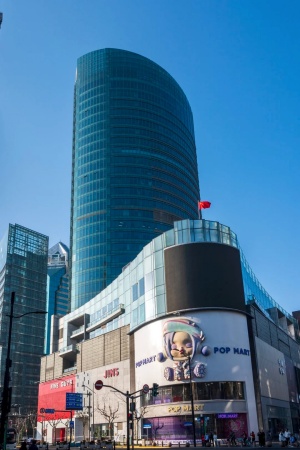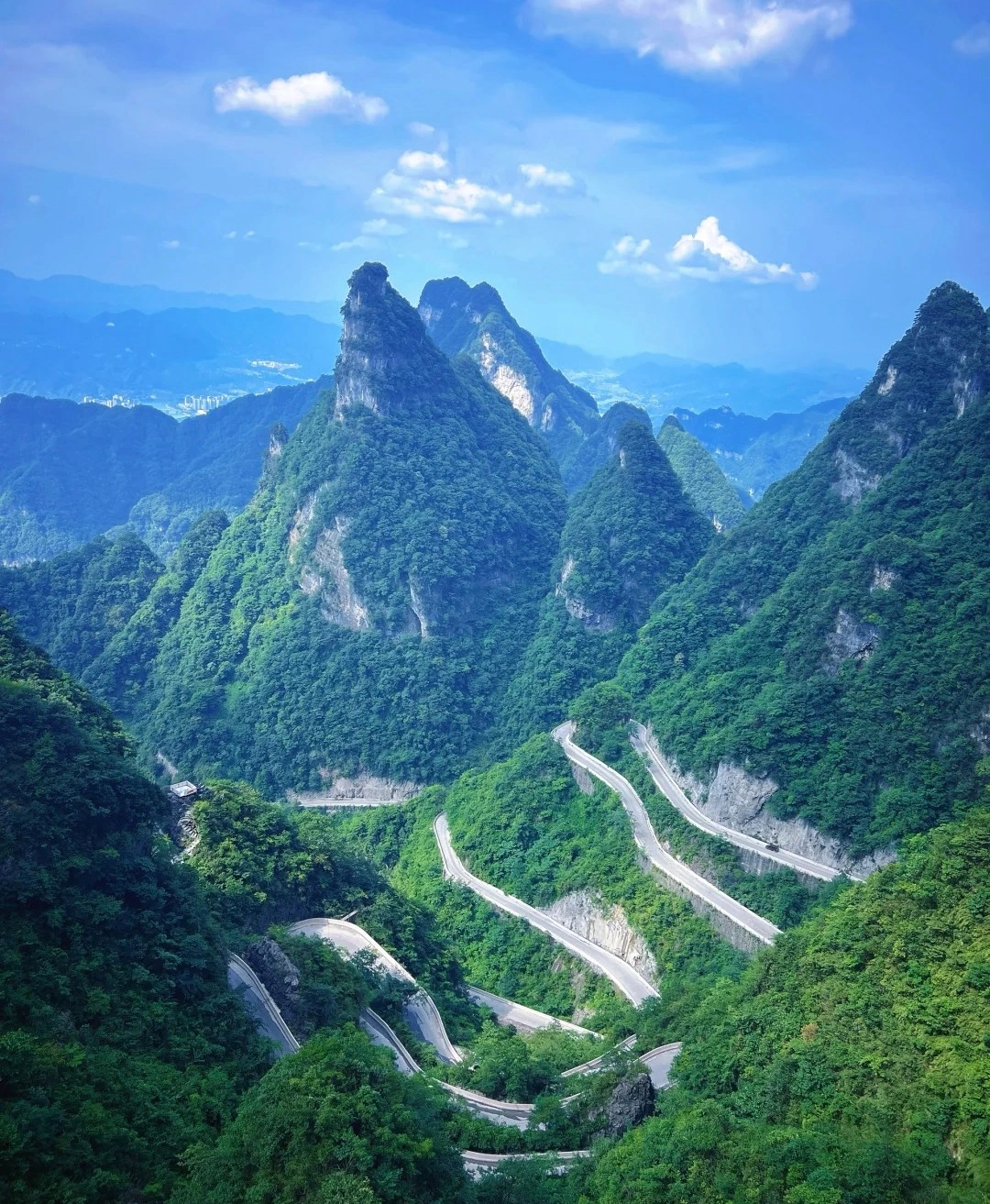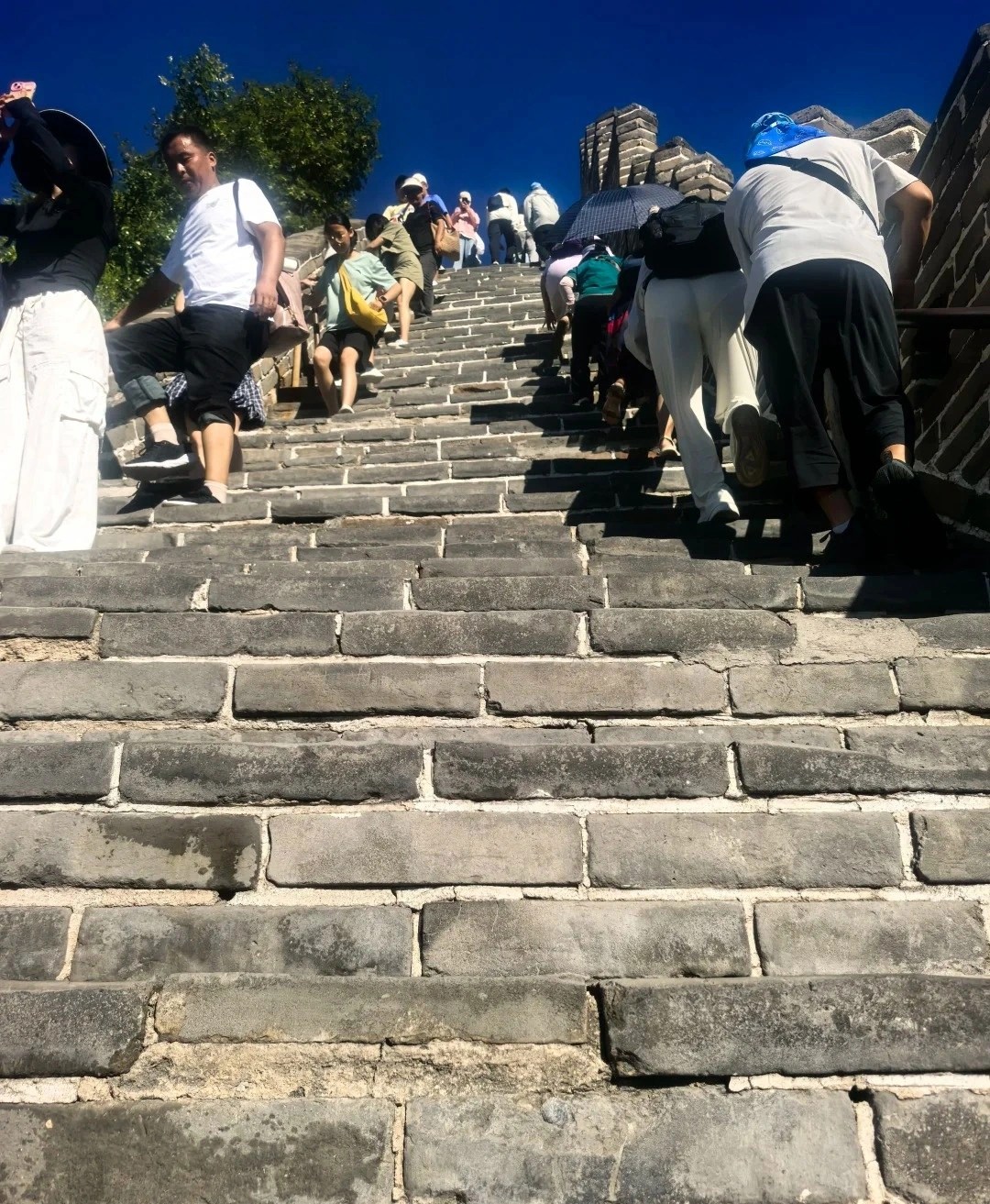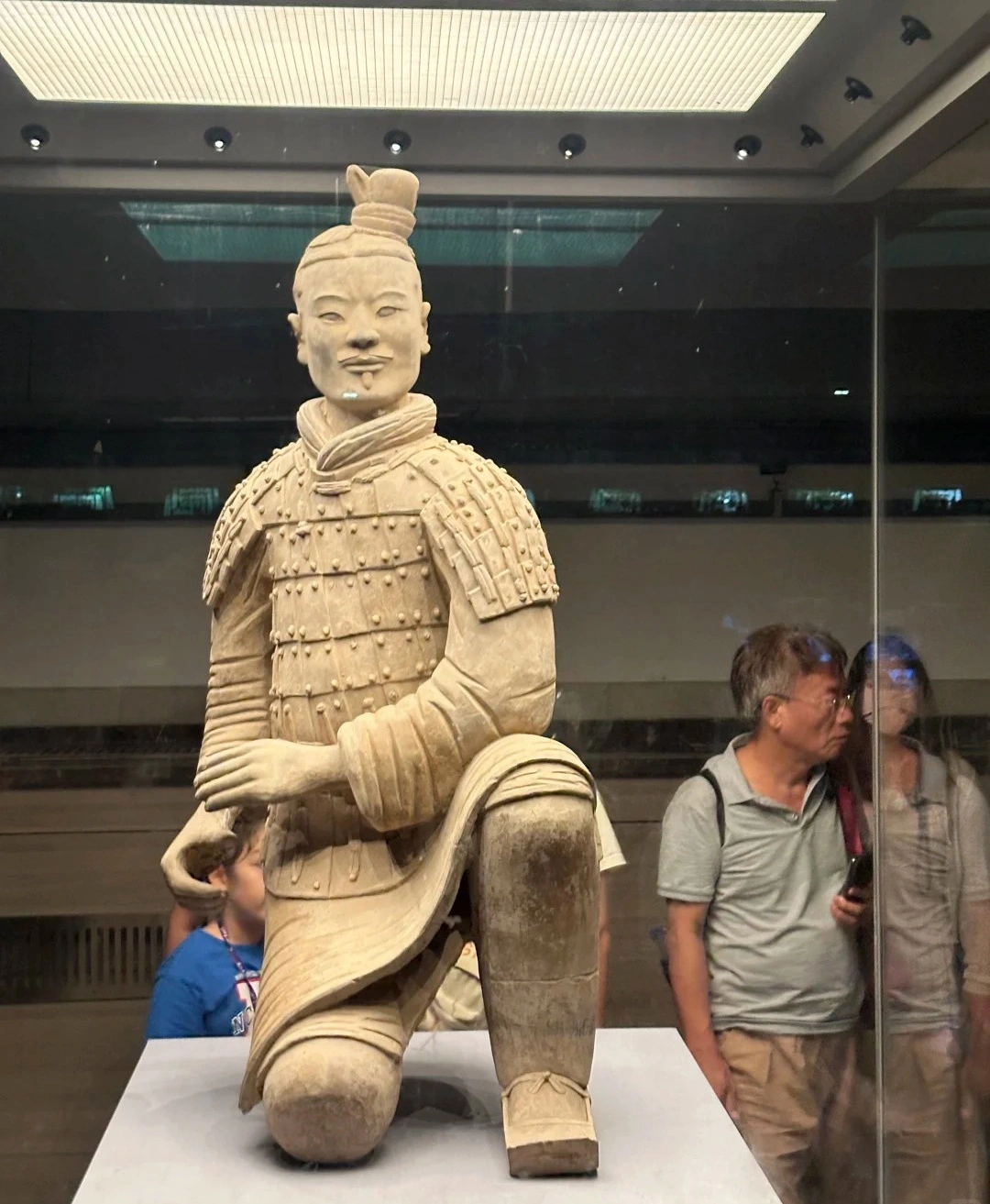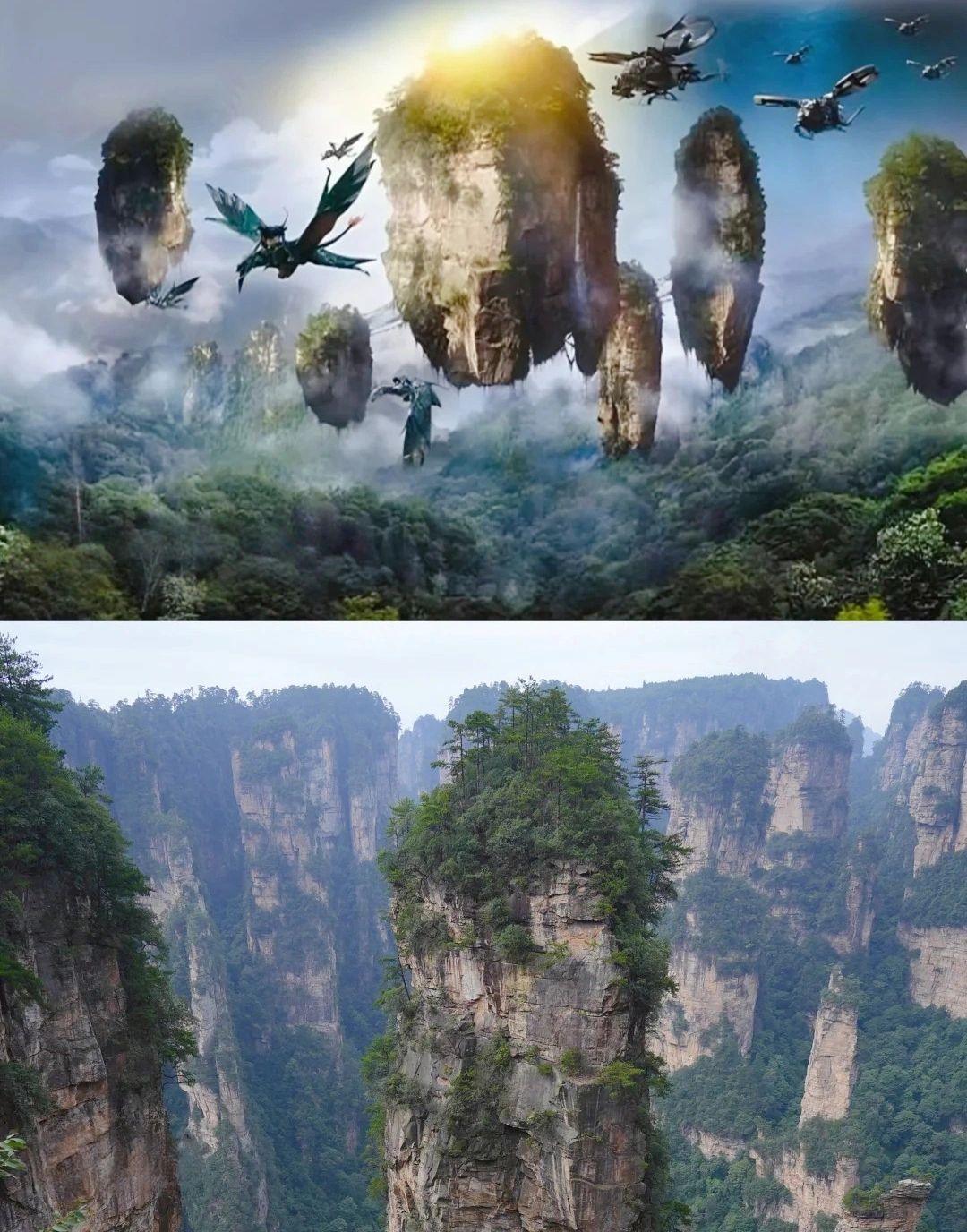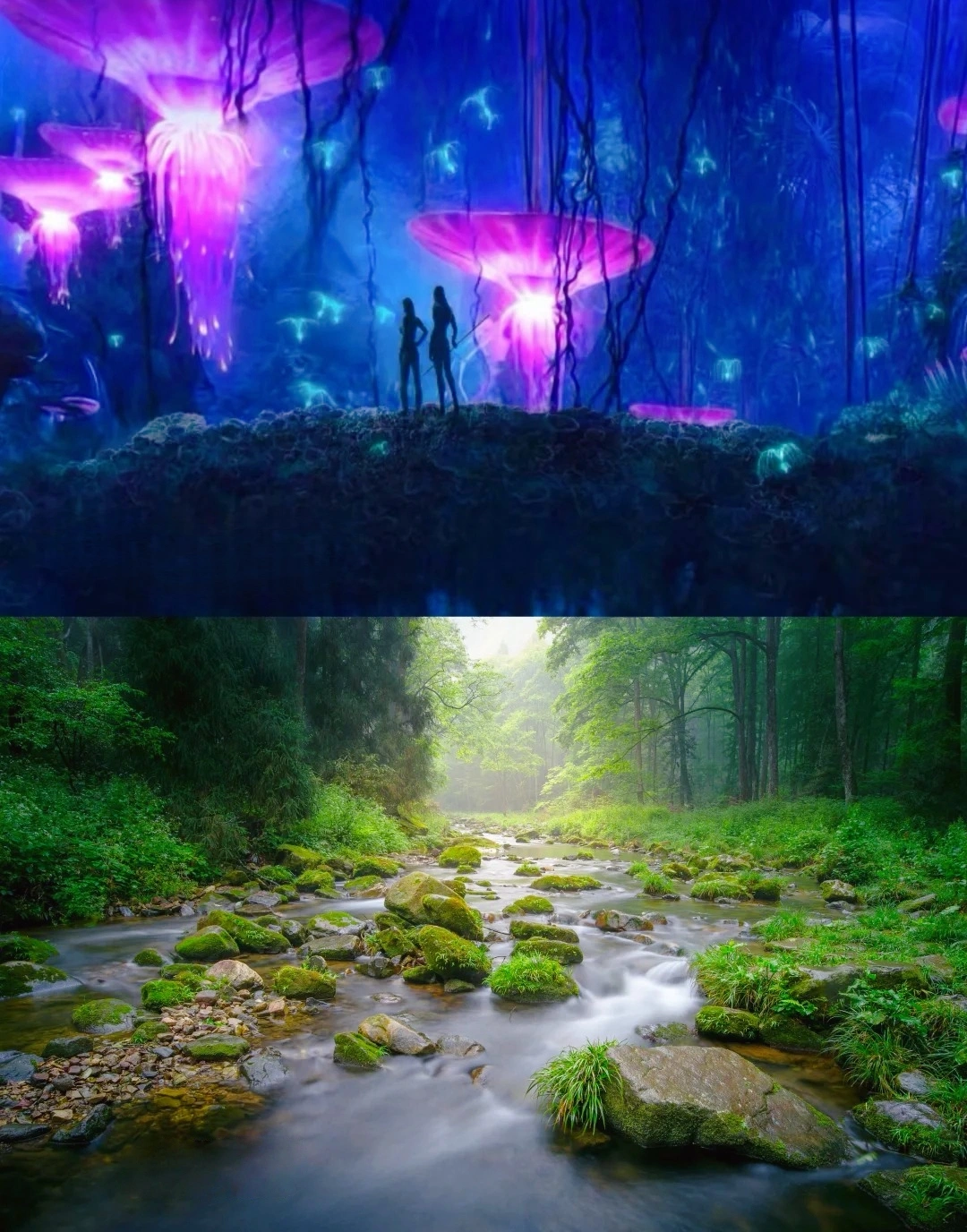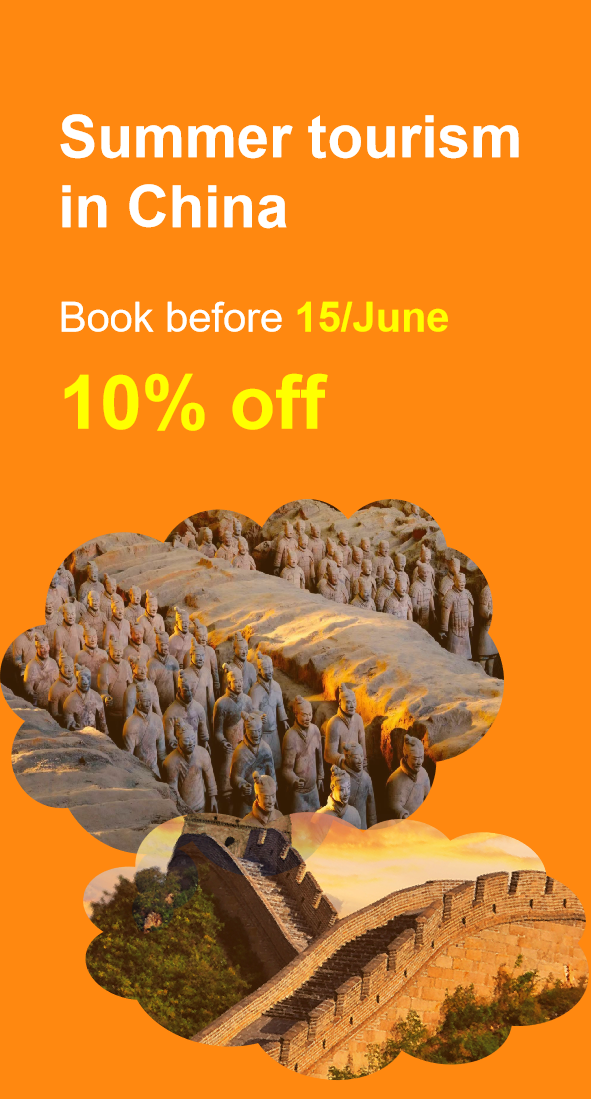Baiyangdian Lake
Historical Overview
Baiyang Lake’s history spans over a millennium. During the Jin Dynasty, Emperor Zhangzong built the "Imperial Concubine Yuan’s Lotus Garden" for his favorite consort, showcasing the lake’s royal connections. In the Qing Dynasty, Emperor Kangxi established a water palaceto practice military exercises, blending imperial power with the lake’s natural beauty. The area gained modern significance as the backdrop for the iconic film Zhang Ga, the Soldier Boy, which depicted its role in抗日战争 (War of Resistance Against Japanese Aggression) through the heroic Yanling team, a local guerrilla unit. By the late 20th century, ecological challenges led to a landmark restoration initiative in 2005, reviving its status as a ecological and cultural treasure.
Geographical Features
The lake comprises 99 interconnected islands, rivers, and reed marshes, forming a dynamic wetland ecosystem. It serves as a crucial habitat for over 50 fish species and migratory birds, including wild geese and herons. The lake’s hydrology is sustained by the Hai River Basin, with seasonal fluctuations shaping its landscapes. Its northern section, part of the Xiong'an New Area, underscores China’s efforts to balance urban development with ecological preservation.
Major Attractions
- Lotus Flower Garden: Spanning 1,334 hectares, this garden boasts 300+ lotus varieties, including rare species from Japan and the Americas. Visitors can explore five themed zones, climb an observation mountain, and enjoy boat rides.
- Imperial Concubine Yuan’s Lotus Garden: A Jin Dynasty relic where Emperor Zhangzong cultivated lotuses for his consort, now a serene ecological park.
- Baiyang Lake Park: Home to the Kangxi Emperor’s water palace and the Yanling Team Memorial Hall, blending history with wetland conservation.
- Wang’s Folk Culture Village: A 4,995 m² village offering immersive experiences in northern fishermen’s traditions, from net-weaving to local cuisine.
- Yanling Team Memorial Hall: A red tourism landmark honoring the guerrilla fighters’ wartime heroism through exhibits and artifacts.
Suggested Itineraries
-
Classic Half-Day Tour:
Anxin Wharf → Lotus Flower Garden → Imperial Concubine Yuan’s Lotus Garden → Baiyang Lake Park → Return.
Highlights: Lotus scenery, historical gardens, and imperial relics. -
Full-Day Red Culture Tour:
Anxin Wharf → Yanling Team Memorial Hall → Wang’s Folk Culture Village → Baiyang Lake Park → Lotus Flower Garden → Return.
Highlights: Wartime history, folk traditions, and ecological wonders. -
Two-Day Eco-Exploration:
Day 1: Anxin Wharf → Lotus Flower Garden → Imperial Concubine Yuan’s Lotus Garden → Overnight in Wang’s Village.
Day 2: Baiyang Lake Park → Yanling Team Memorial Hall → Bird-watching in reed marshes.
Highlights: In-depth nature immersion and cultural insights.
Ticket Purchase
- Entrance Fee: ¥40 (peak season, April–October); ¥30 (off-season).
- Combined Tickets: Includes major attractions (e.g., Lotus Garden + boat ride: ¥98–150).
- Booking: Purchase online via official platforms (e.g., Ctrip) or on-site. Discounts available for students and seniors.
Transportation
- By Train: High-speed rail to Baoding East Station, then taxi (40 mins) to Anxin Wharf.
- By Car: From Beijing (2 hours via G45/G18); parking available at Anxin Wharf.
- By Boat: Charter a motorized boat (¥40–60/hour) or traditional paddle boat (¥150/day) for island-hopping.
Best Time & Tips
- Optimal Visits: April–October for lotus blooms and mild weather.
- Avoid Crowds: Arrive early (8:30 AM) or visit weekdays.
- Essentials: Wear sturdy shoes (20,000+ steps daily), bring sunscreen, and carry cash for rural vendors.
- Prohibitions: Drones and large bags restricted; flash photography banned in museums.
- Local Cuisine: Try fish hotpot, lotus seed soup, and reed leaf-wrapped rice.
Contact Us
Que disent nos clients?
Basé sur plus de 10 000 avis de voyageurs
